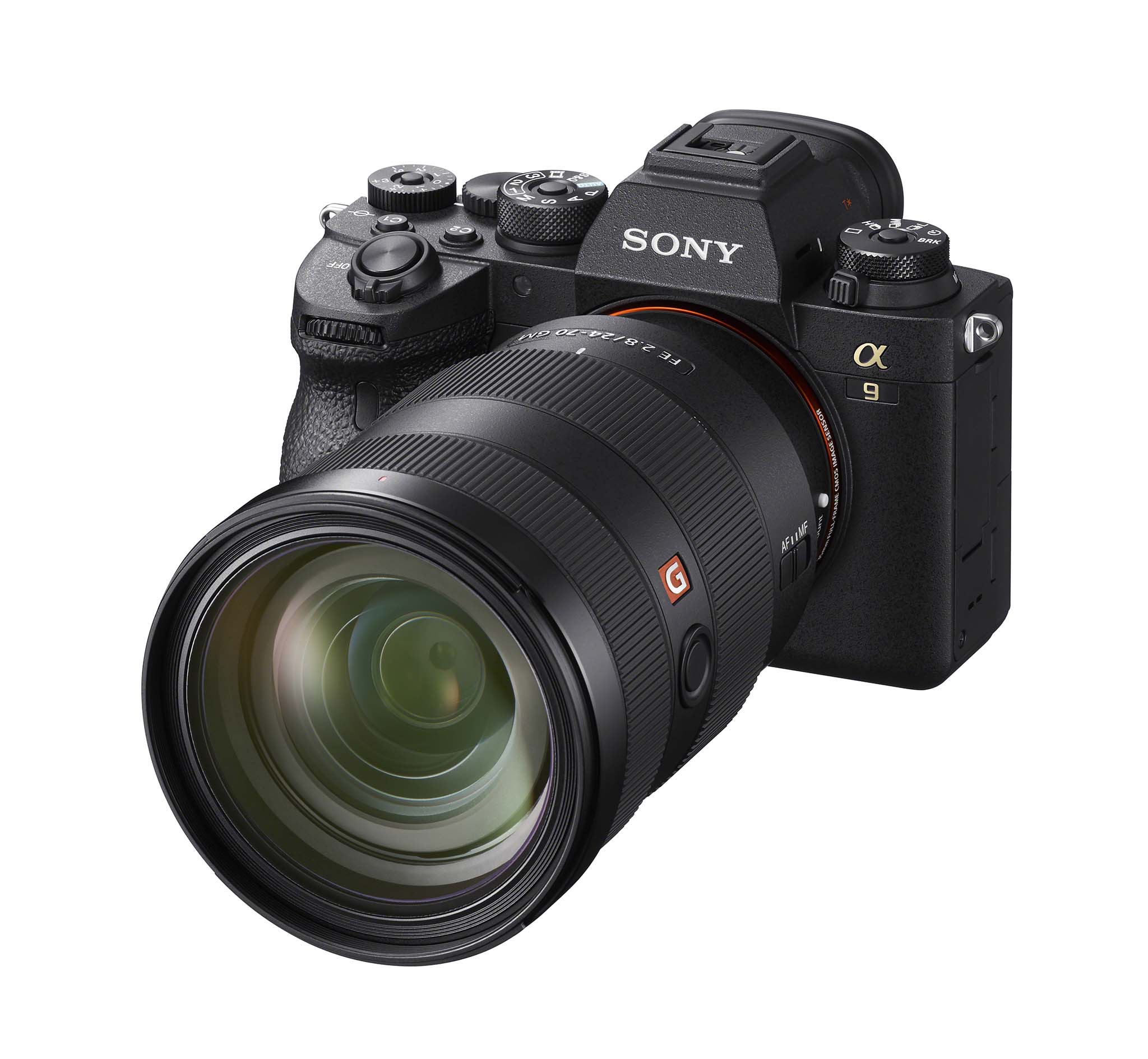
Jim Kasson’s blog the last word has always been a great goto spot for technical analysis of a camera and he is a few posts into his testing so I figured it’s time to start sharing his findings. The first major one is star eater is almost nonexistent on the new Sony a9II with it only starting to become a problem around 20 seconds so maybe some future cameras like the Sony a7IV will be the same.
Sony a9II “star-eating” – The Last Word
The read noise of the a9II drops suddenly on exposures of 20 seconds and longer, indicating that this is the shutter speed when the noise reduction digital signal processing kicks in.
Sony a9II fixed-pattern read noise — long exposures – The Last Word
The different noise from the right and left halves of the sensor is obvious in all but the blue channel.
Sony a9II fixed-pattern read noise — short exposures – The Last Word
There are both horizontal and vertical features. The horizontal features tend to have high spatial frequency in the vertical direction and the vertical features vary more slowly, except for the transition in the center of the green channels.
Sony a9II RN, FWC, and PDR – The Last Word
Note the high shadow SNR at ISO 800. The a9II changes to higher conversion gain at ISO 640, which makes the read noise drop, and that makes the shadows less noisy.
In a perfect world, all the FWCs would be the same. Here they come close to that. The FWC of the camera is about 88,000 electrons. I measured the a9 FWC at about 92,000 electrons. That’s virtually the same.
The jump downwards at ISO 800 is because of the increased conversion gain at ISO 640 and above. RN at high ISOs is approaching 1 electron, which is about the state of the consumer camera art these days. The low-ISO RNs for the a9 that I measured were a bit higher.
This sensor and the a9 sensor are peas in a pod.
Sony a9II ISO behavior – The Last Word
There is no sign of the black point shifts that we saw in the previous post.
Sony a9II dark-field spectra – The Last Word
Plane 1 is the red plane. Planes 2 and 3 are green, and plane 4 is blue. The horizontal axis is frequency divided by fs, which is the sampling frequency, so 0.5 on the horizontal axis is the Nyquist frequency for the sensor. You can see that the spectrum looks smooth and clean vertically, but has a jagged high-frequency rolloff in the other direction.
The first green plane look like the red plane, but the second green plane is clean in both directions.
The blue plane is the worst of them all.
Sony a9II precision – The Last Word
In general, I consider this good performance. I am please to see the absence of a lot of digital gain as the ISO settings climb to their upper reaches.
Sony a9II EDR – The Last Word
There is a glitch in one of the green channels at 5 seconds. Ignore that. The Sony “star-eater” digital signal processing doesn’t start until the shutter speed is 20 seconds or longer, which is quite an improvement over the a7RIV.
Join our Sony a9 Owners Group, also follow the Sony a9 Page to get more tailored news on Facebook and follow SonyAddict on Facebook, Twitter, Instagram, and YouTube
Sony a9II: B&H Photo / Amazon / Adorama
Sony a9: B&H Photo / Amazon / Adorama